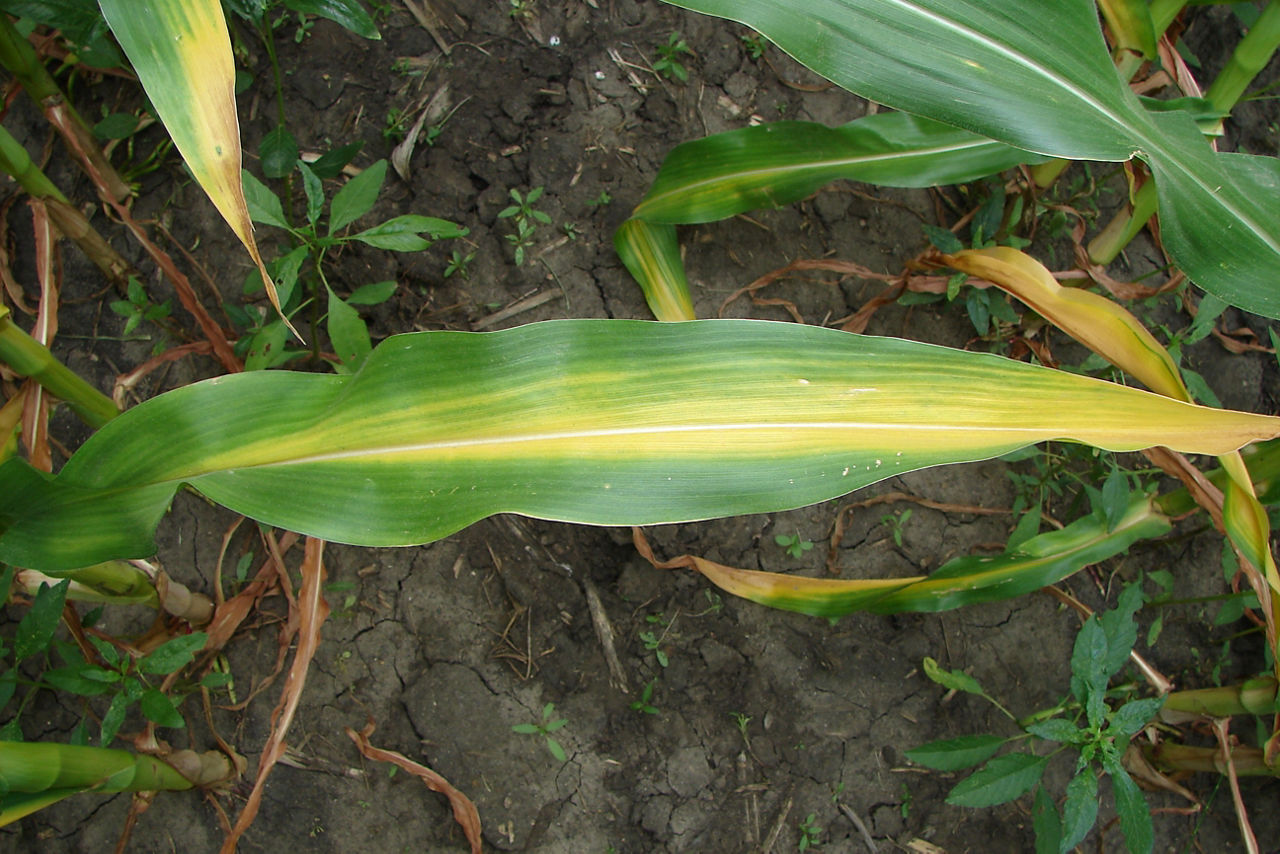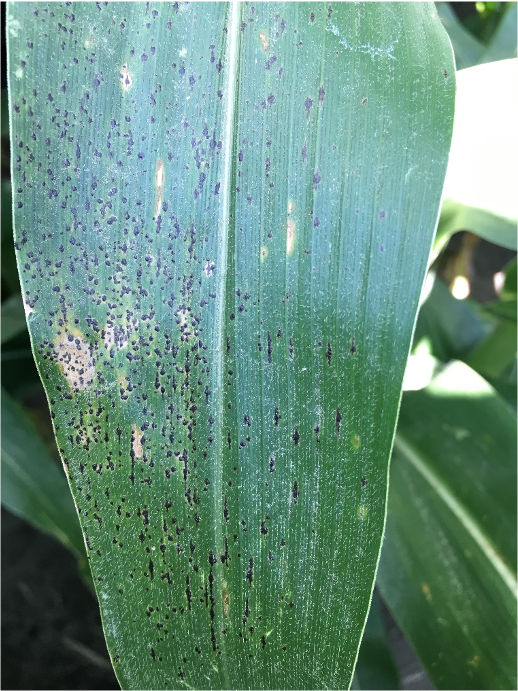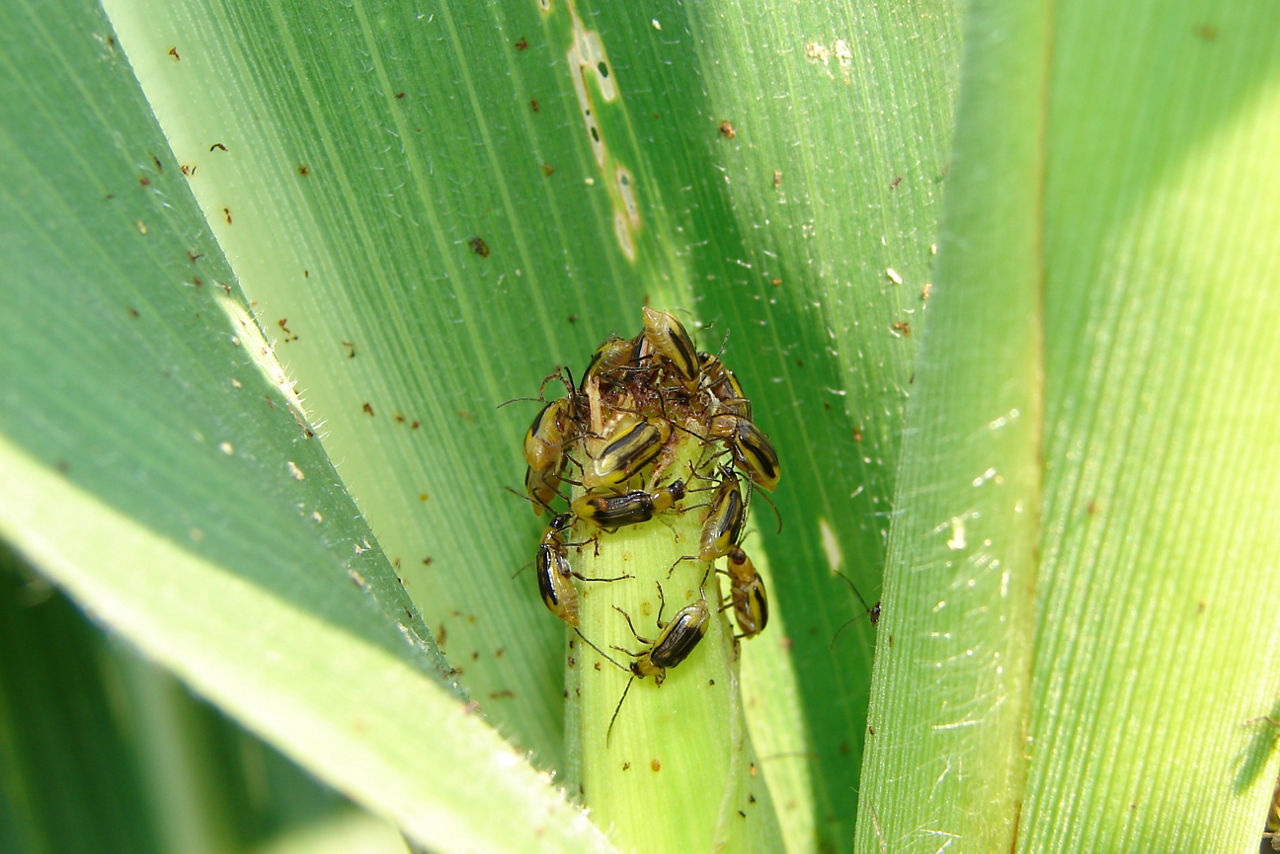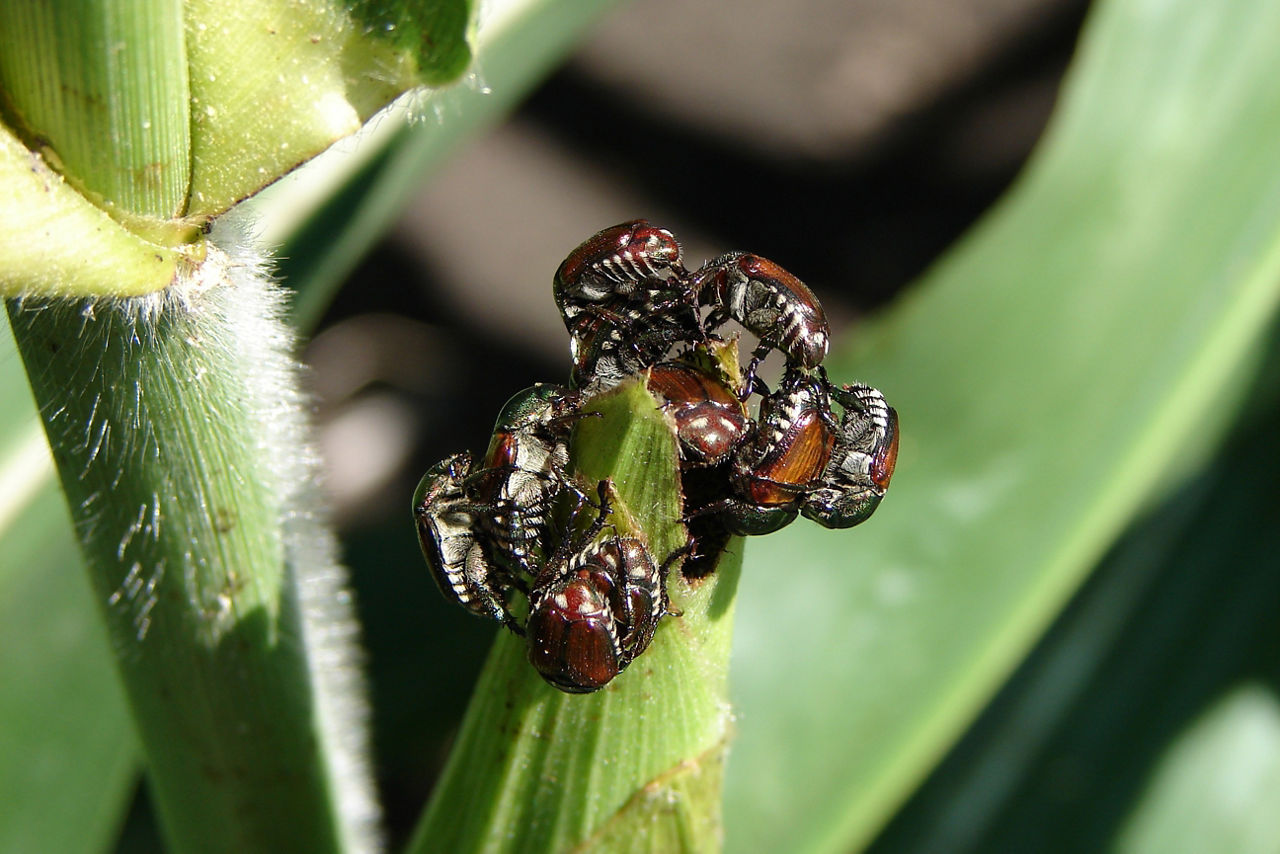It’s July, Four Factors to be Checking in Corn Fields to Help Protect Yield Potential
July 20, 2023
Early in my agronomy career, as the Fourth of July approached, farmers I worked with would comment about how their corn crop had reached lay-by. Lay-by was a term I did not recall hearing about when I was growing up on our farm or learning about when I was in college; so, one day, I asked a farmer what it meant. The farmer responded that the corn crop had reached lay-by when the plants had become too tall to do field activities such as spraying, sidedressing, or cultivating, and all there was left to do was lay-by and wait until harvest.
The farmer’s explanation made perfect sense for the early 1990s, which was when our conversation took place, but improvements in technology, crop production practices, and equipment have virtually eliminated the term lay-by from the farmer vocabulary. Today, there are things farmers can still do in July to help protect the yield potential of their corn crop rather than just laying-by waiting for it to mature. Following are four factors to check in corn fields during July to help protect yield potential.
- In late June or early July, prior to tasseling, scout the corn crop for signs of nitrogen deficiency (Figure 1). If nitrogen deficiency symptoms are identified, using high clearance equipment to apply UAN solution either by injecting it into the soil or dribbling it on the soil surface, or aerially applying granular urea, may help alleviate nitrogen deficiency symptoms and protect yield potential.1

2. In late June or early July, prior to tasseling, scout the corn crop for the presence of foliar fungal disease pressure, and if a fungicide application is warranted, make plans for a foliar fungicide application using a product such as Delaro® 325 SC fungicide or Delaro® Complete Fungicide when the corn reaches VT (full tassel) to R2 (blister). The rapid spread of tar spot in corn across the eastern and central Corn Belt along with the possible yield loss associated with this disease makes scouting for foliar diseases an important step in protecting corn yield potential (Figure 2).

3. At R1 (silk), scout the corn crop for silk clipping insects such as corn rootworm adults and Japanese beetle adults (Figures 3 and 4). An insecticide application should be considered for corn rootworm silk clipping if there are 5 or more beetles per ear, the silks are clipped to less than one inch from the husk, and pollination is less than 50% complete.2 An insecticide application for Japanese beetle silk clipping should be considered if there are 3 or more beetles per ear, the silks are clipped to less than one inch from the husk, and pollination is less than 50% complete.2 Unchecked, silk clipping by corn rootworm adults and/or Japanese beetle adults can result in considerable yield loss.


4. Towards the end of July and even into August, spend time scouting fields for root lodging that might have resulted from a windstorm or from corn root feeding by corn rootworm larvae. Identifying root lodged fields prior to harvest is important because it allows farmers to prioritize those fields for earlier harvest. Root lodged fields that are left for later harvest may be at risk for greater yield loss because as the lodged plants dry, gravity pulls them closer to the ground making it difficult to gather and feed the ears into the combine.
In the end, spending time scouting corn fields for potential issues during the month of July and addressing those issues, if possible, may pay big dividends at harvest.
Paul Parcher
Channel Technical Agronomist
Sources:
1Sawyer, J. 2019. Nitrogen fertilization options with delayed or rescue applications. Integrated Crop Management. Iowa State University Extension and Outreach, Ames. https://crops.extension.iastate.edu/cropnews/2019/06/nitrogen-fertilization-options-delayed-or-rescue-applications
2Hodgson, E. 2021. Corn silk (and feeders) are out – assess pollination in fields. Integrated Crop Management. Iowa State University Extension and Outreach, Ames. https://crops.extension.iastate.edu/cropnews/2021/07/corn-silks-and-feeders-are-out-%E2%80%93-assess-pollination-fields
Websites verified 5/8/23.